9 Things You Should Always Have on Hand in Case of Emergency
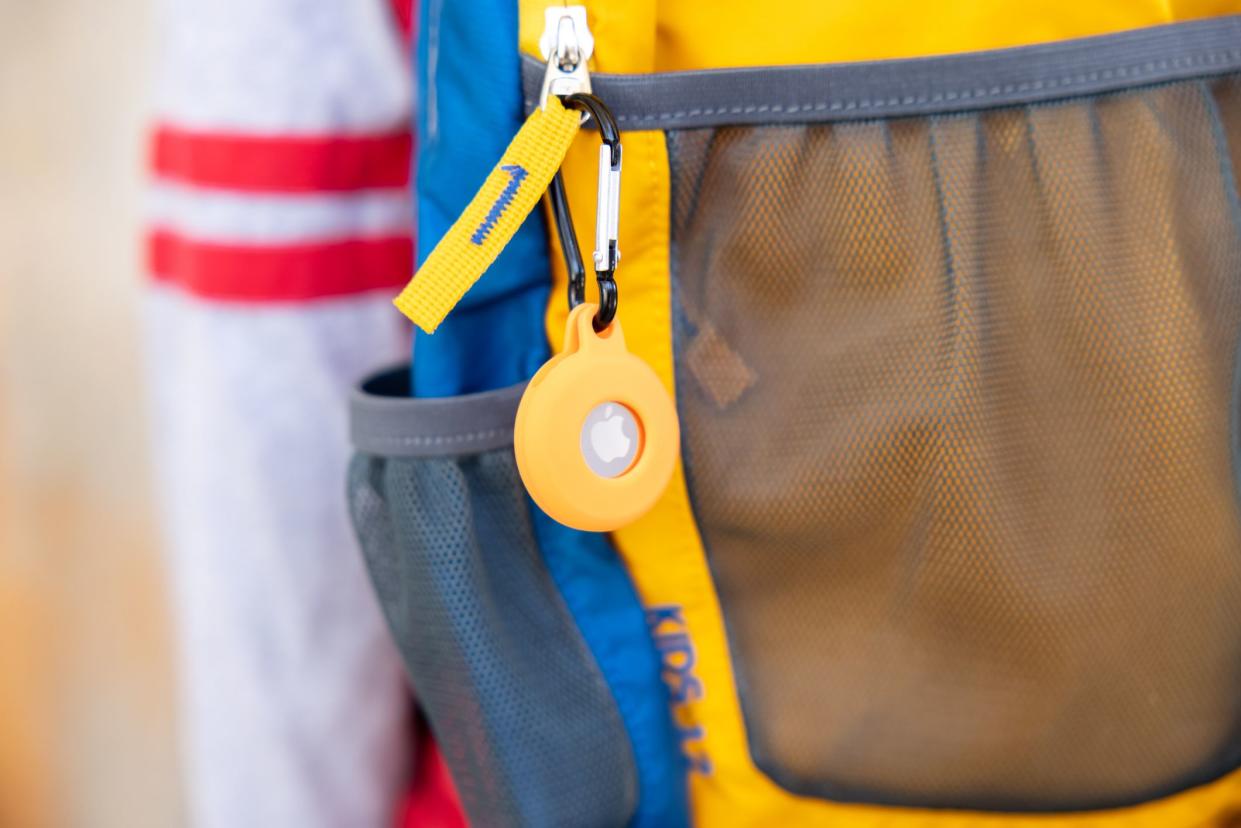
Go Bag Essentials
In an ever-changing world, natural disasters and emergencies can strike without warning — leaving those who are unprepared at a disadvantage. Preparedness isn't just about ensuring the safety of yourself and your loved ones, it's also about having the peace of mind in knowing that you have everything you need in the event of an emergency or crisis.
Whether it's a natural disaster or sudden evacuation, having a go bag stocked and ready can be the difference between panicking and being ready to take action and get to safety. Here are nine essentials to remember to pack in your go bag for critical situations.
Editor's Note: This story was updated in March 2024.
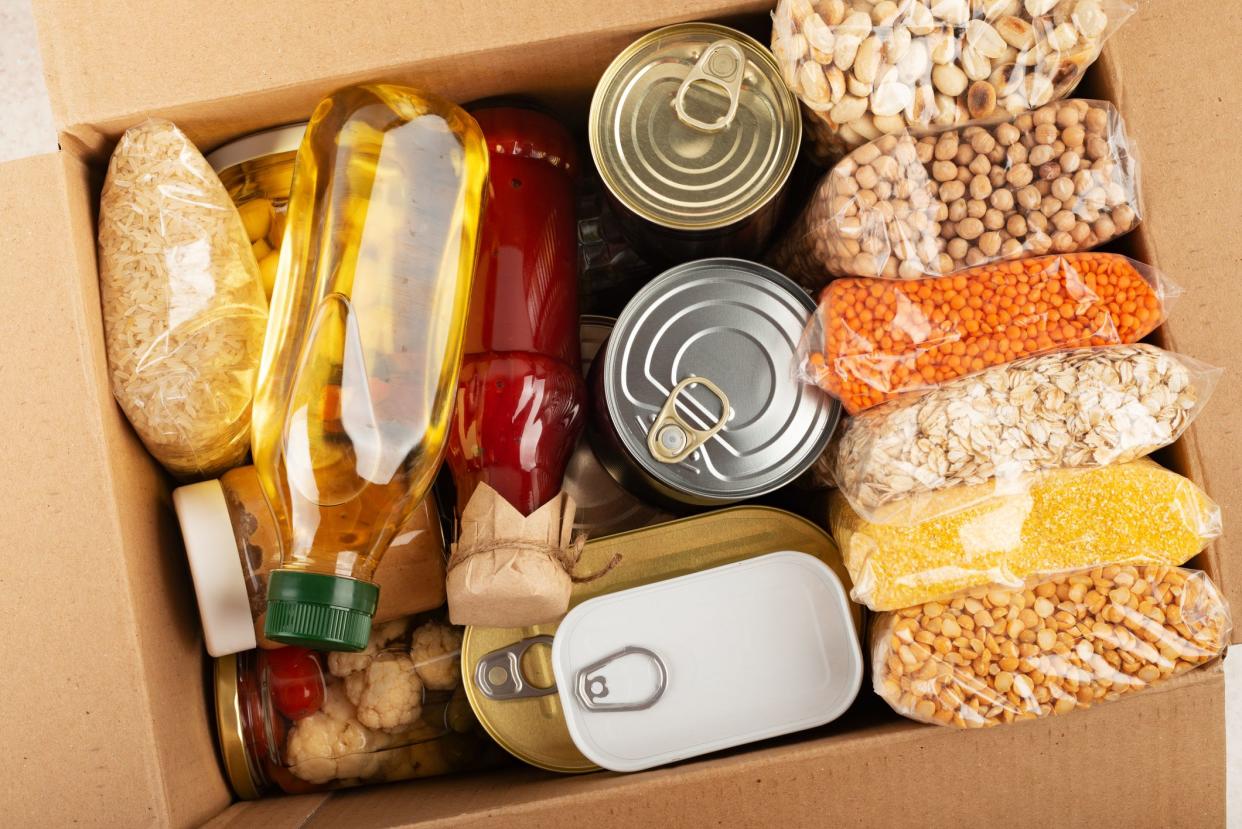
Non-Perishable Food
Pack at least a three-day supply of non-perishable food items per person such as energy bars, canned goods, and freeze-dried fruits. Be sure to have a manual can opener if your food items include canned goods, and remember to check your food supply regularly to keep it fresh and within its expiration date.
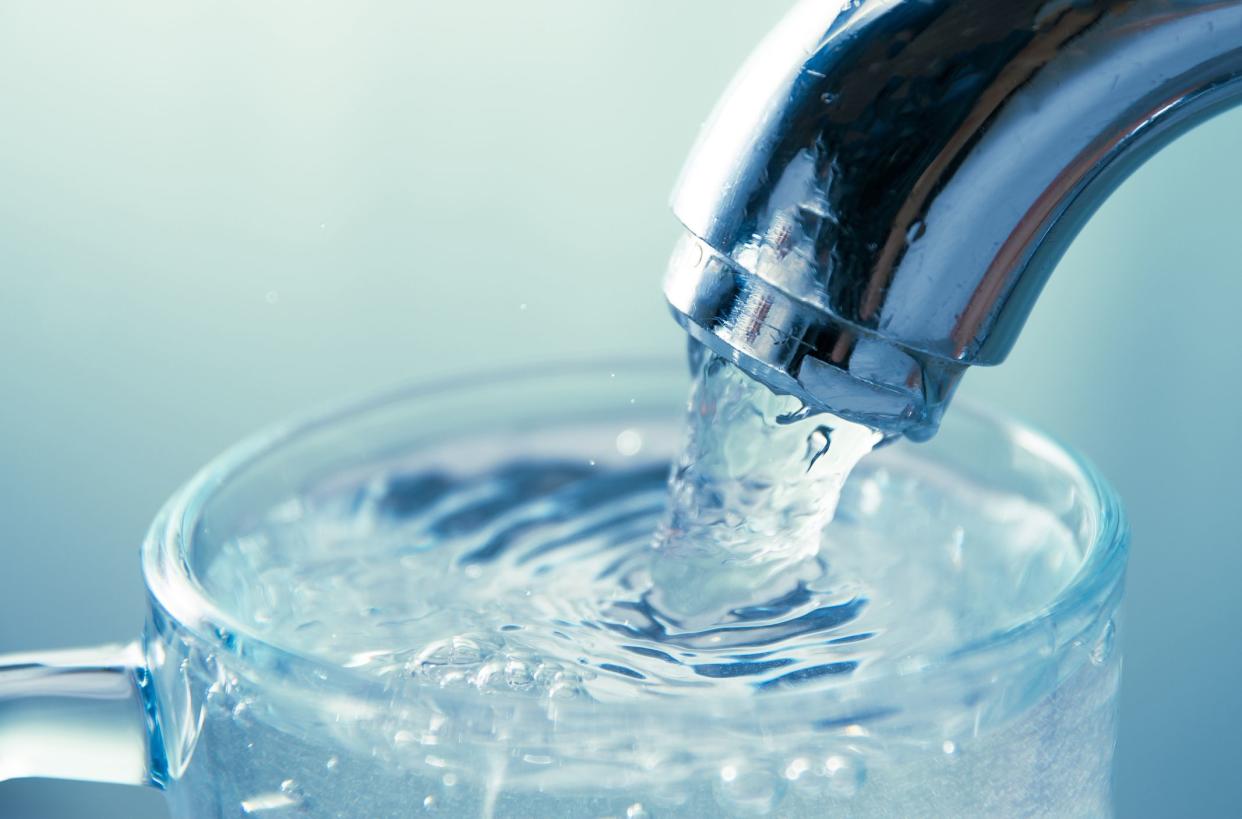
Water and Water Purification Tools
When in doubt, remember this rule: You should have at least a three-day supply of water per person, according to the CDC, which equals to about a gallon per day for drinking, cooking, and cleaning. Portable water filters like LifeStraw ($20 on Amazon) or purification tablets can help in case your initial water supply runs out and you need to source from lakes, rivers, or rainwater.
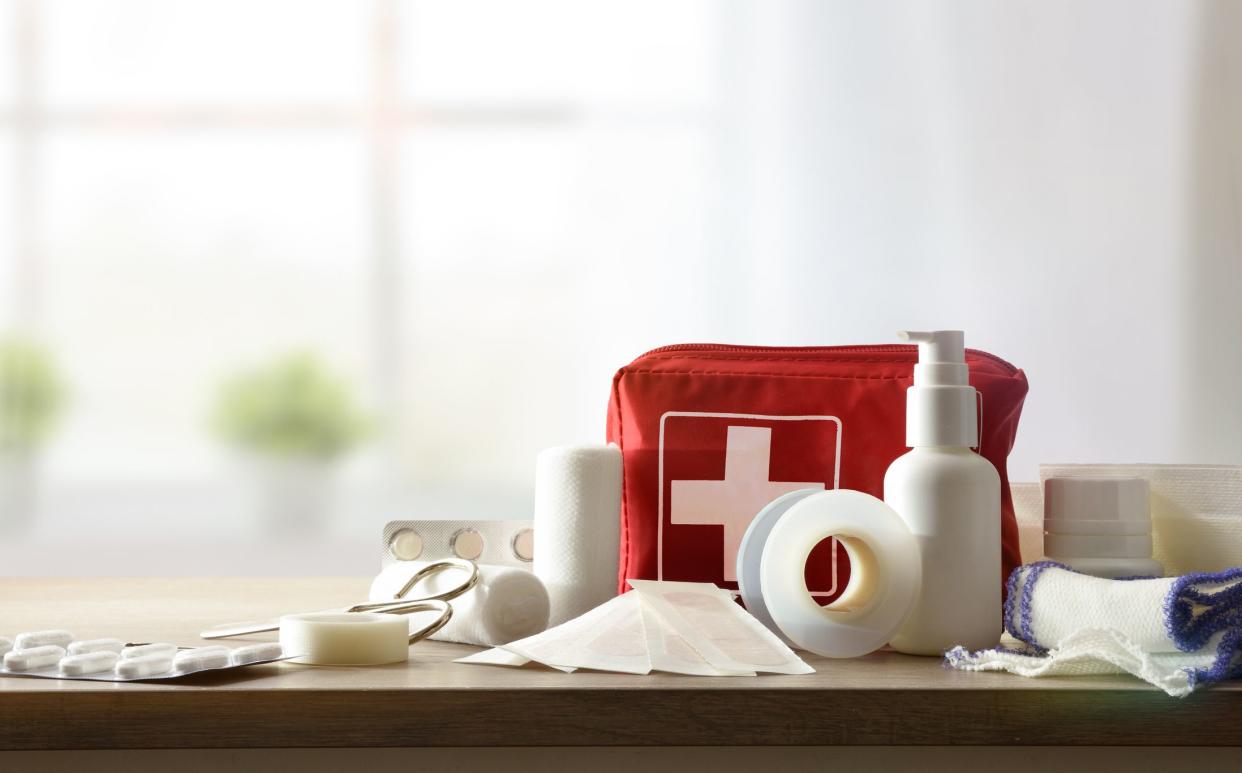
First Aid Kit
A basic first aid kit is essential to have in emergencies and should include items such as bandages, antiseptics (alcohol swabs, hydrogen peroxide, Neosporin), pain relievers, and any necessary prescription medications. Remember to periodically check the kit to replace any used or expired items and ensure all medications are up-to-date.
Check out our recommendations for first aid kit items to pack.
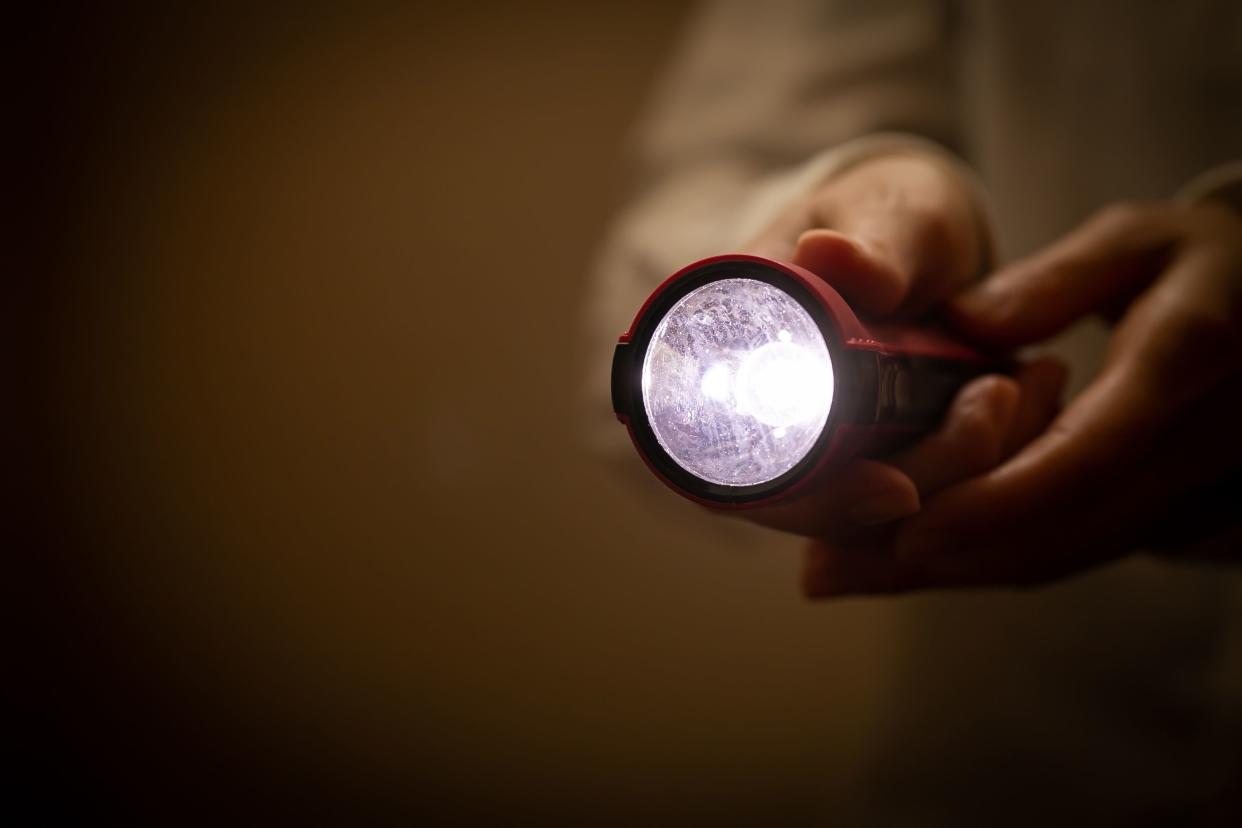
Flashlight and Extra Batteries
During a natural disaster or sudden evacuation, power is often the first thing to go. Having a reliable flashlight and extra batteries ensures you can navigate in the dark, signal for help, or perform essential tasks when natural light isn't available. We suggest investing in a camping-grade flashlight or headlamp with a luminosity of at least a 2,000 lumens (find some options starting at $11 on Amazon) to ensure sufficient light in even the darkest conditions.
For more savvy tips and life hacks, please sign up for our free newsletters.
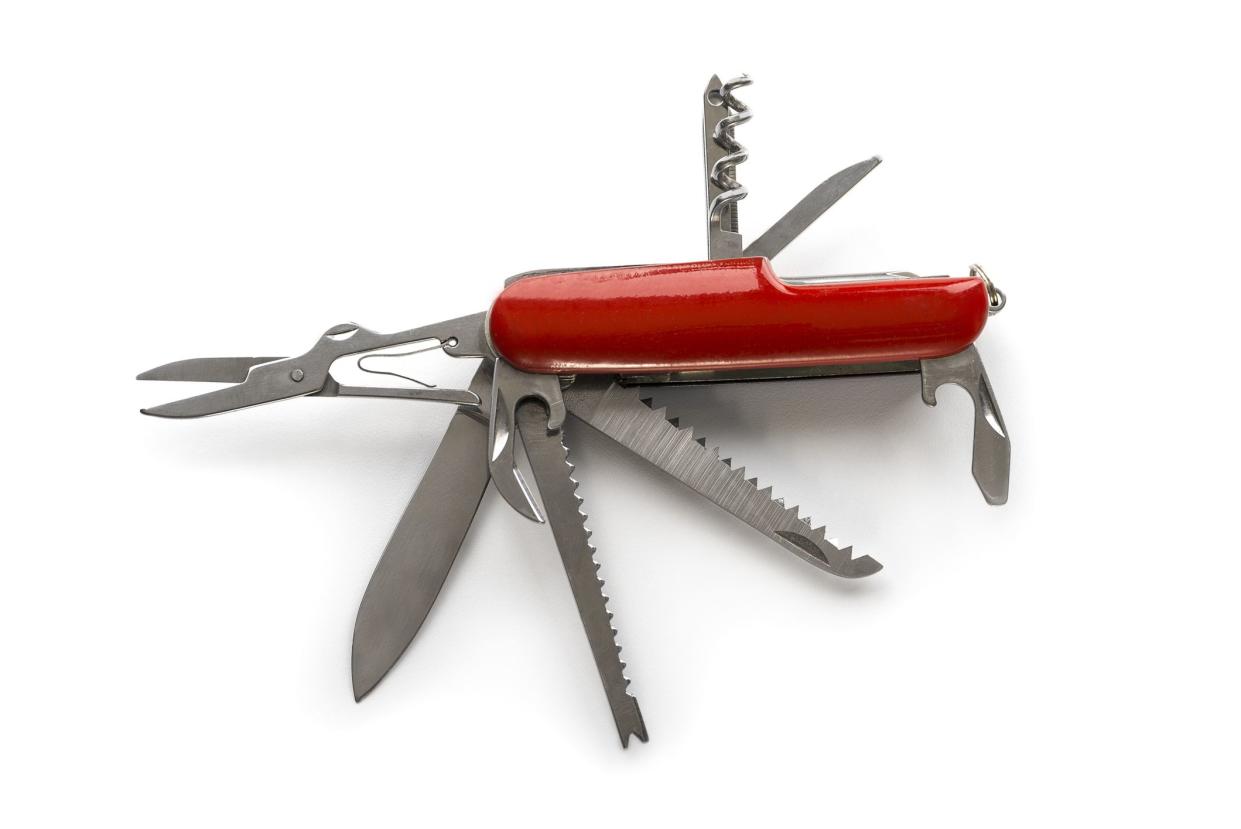
Multipurpose Tool or Knife
In the throes of an emergency, adaptability can mean the difference between safety and danger. A multitool like a Swiss army knife typically features various instruments like knives, pliers, screwdrivers, and can openers to assist in many situations such as cutting cloth, opening cans, foraging items, and fixing equipment. They're also compact and easy to pack and carry.
For an inexpensive option, consider the Amazon Basics Multitool ($15 on Amazon) or if you're looking for an upgrade, there's the highly rated Leatherman Wave Plus ($115 on Amazon).
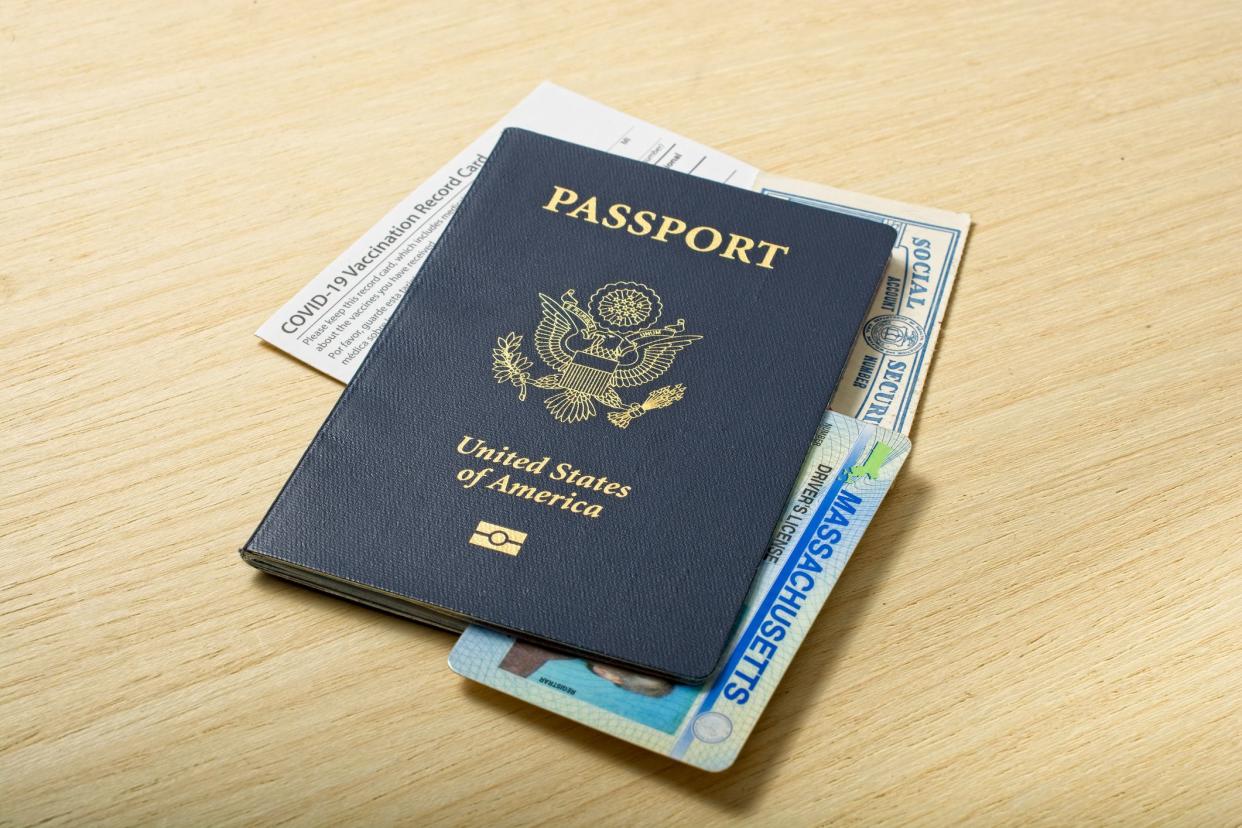
Personal Documents and Cash
Keep a waterproof pouch with essential documents such debit and insurance cards, bank information, and photocopies of credit and identification documents like birth certificates, vaccination cards, and passports. Cash — especially in small amounts — can be crucial if ATMs are down or if electronic transactions are not possible.
Related: 14 Situations Where Cash Beats Credit
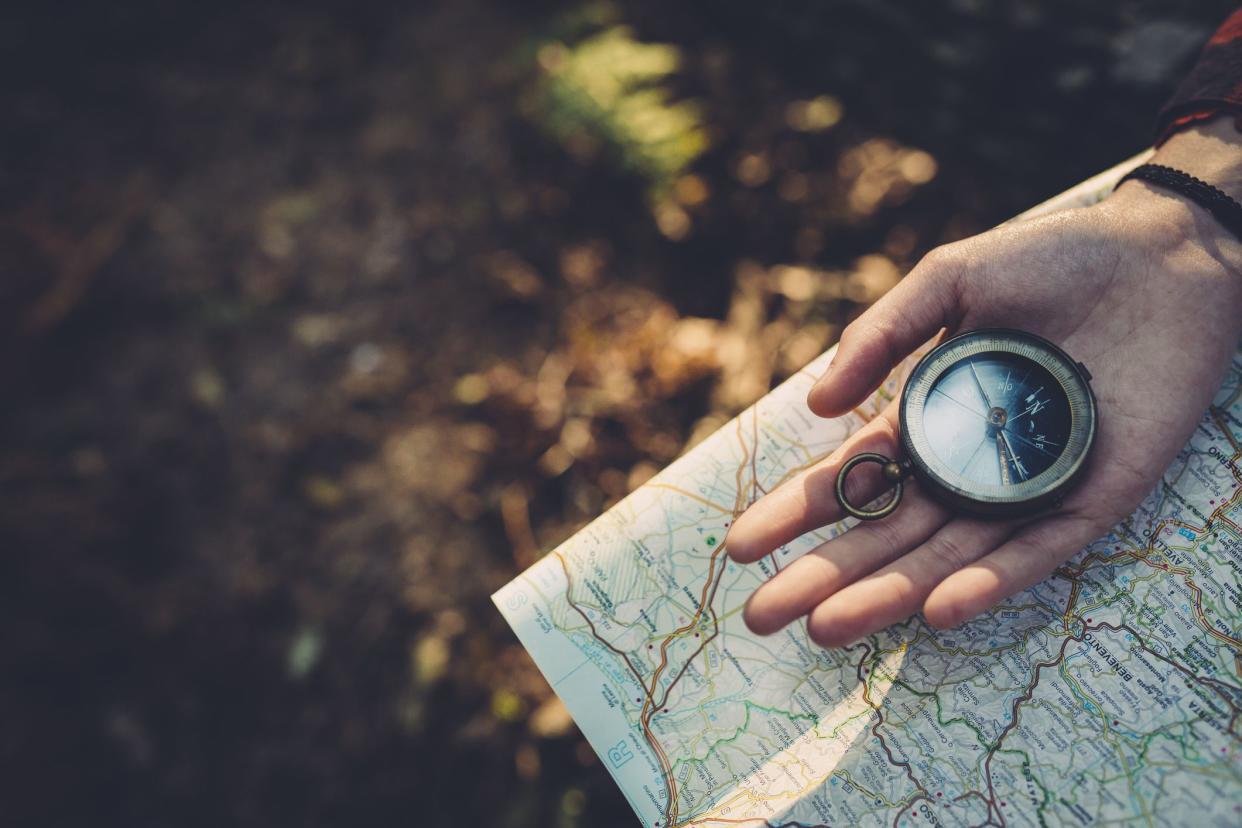
Local Maps and Compass
While many of us rely on digital devices like cellphones and GPS devices to help with navigation, they might not always work in a disaster. A local map and a compass are fundamental for finding the nearest evacuation routes, shelters, and other important landmarks when electronic devices fail.
Related: Things That Could Save You in Almost Any Emergency
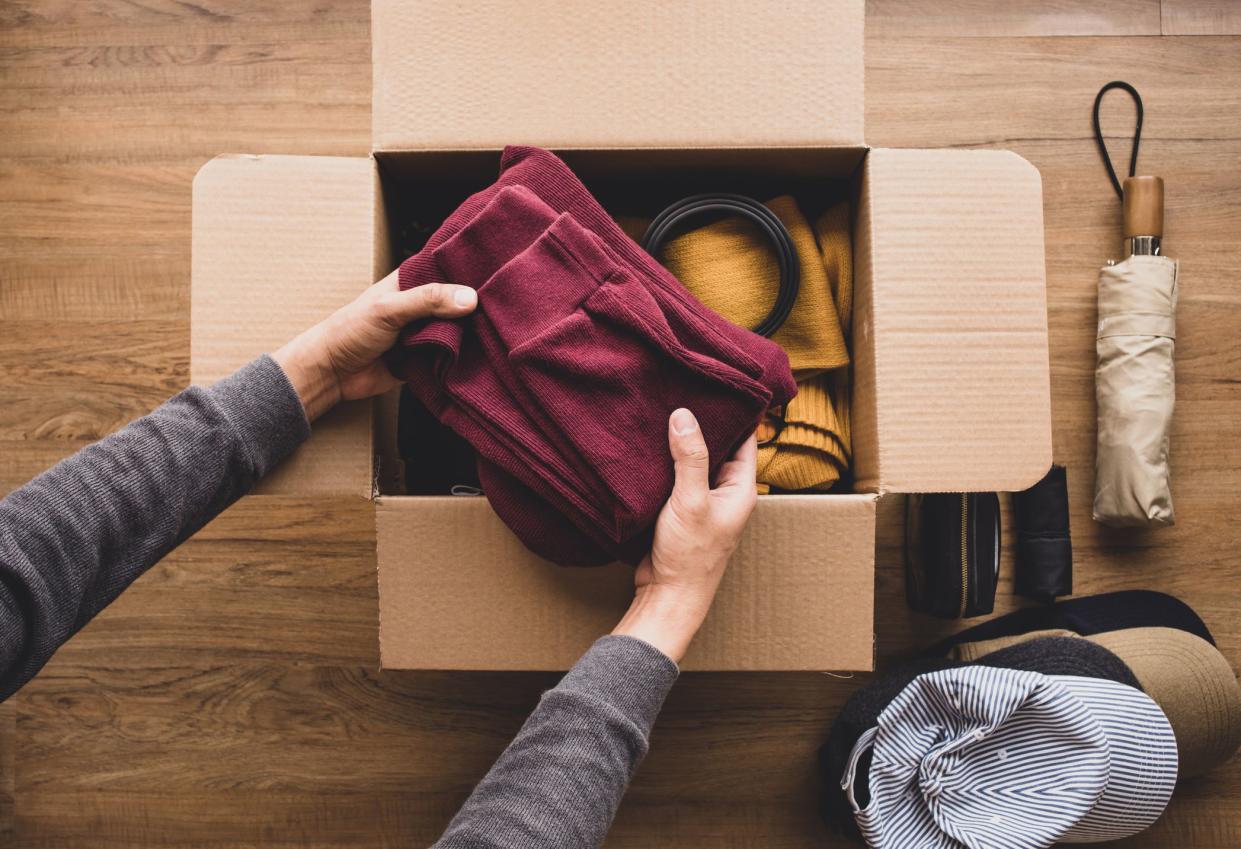
Clothing and Personal Items
Pack a change of clothes suitable for the local climate that include sturdy shoes, a hat, and personal hygiene items. If you're required to evacuate from your home, you might be on the move or in a shelter for days or weeks at a time, so having clean clothing and the ability to maintain personal hygiene can improve comfort and morale. (Oh, and don't forget to pack sunscreen because the sun don't play).
Related: Heat Dome To Sizzle Plains, Midwest and South; Here's What You Need to Know About Heat Exhaustion
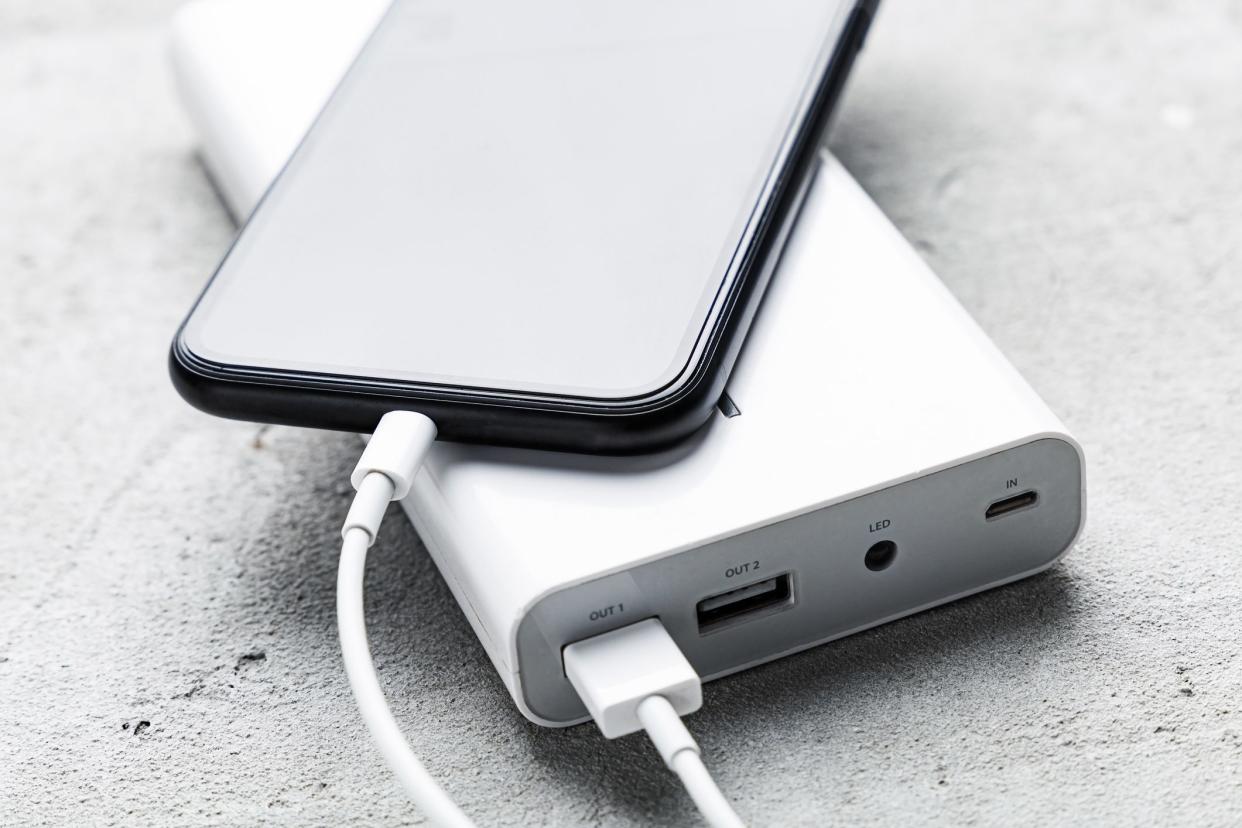
Portable Chargers
Consider investing in a reliable portable charger to power your devices and stay updated on important information like evacuation instructions and routes.
Though cellphones may not work if power and phone lines are down, keeping your phone charged can help you stay connected with loved ones and access other safety features. Opt for models with solar-charging capabilities (like this one for $22 on Amazon) for optimal efficiency.
Related: Power Up: 8 Tips and Tricks To Maximize Your Cellphone’s Battery Life
This article was originally published on Cheapism

More From Cheapism
Like Cheapism's content? Be sure to follow us.
